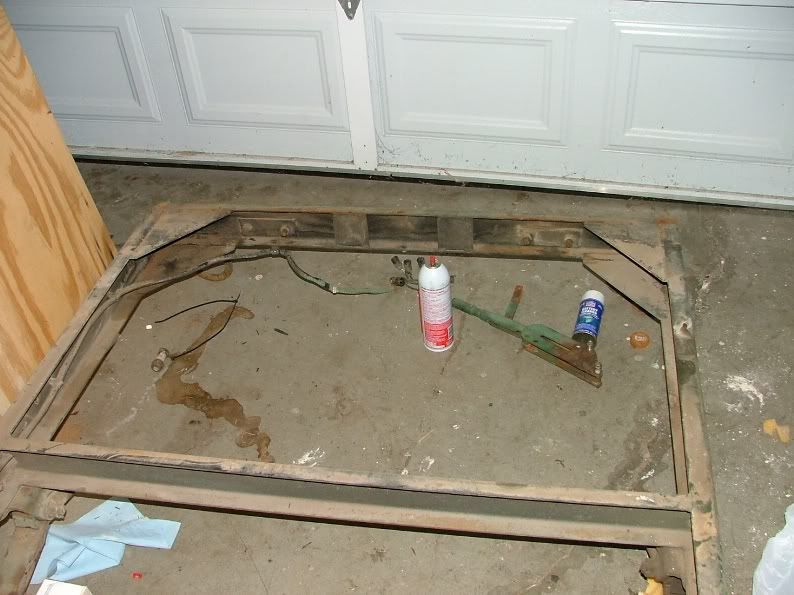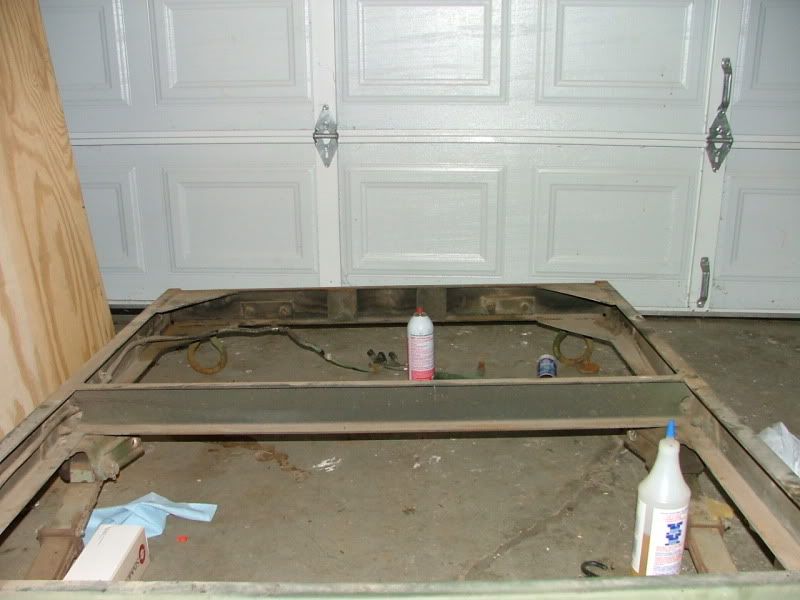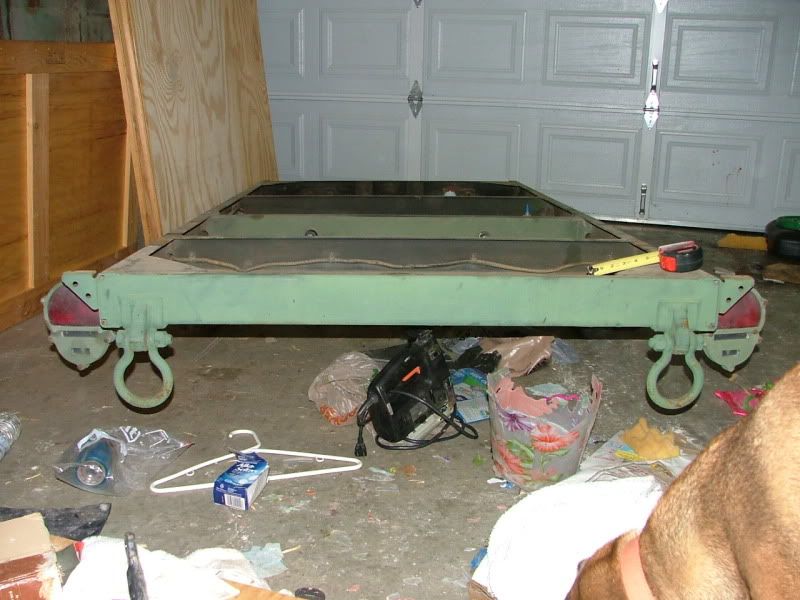Pikeman
Adventurer
Ok a few questions after reading another build where everyone was thrashing( okay strongly criticising) a guy for his tongue design. I purchased a military M101 A2 trailer and sold the original tongue and axle. What is left is the rectangular frame that is made of channel that is 4" tall with 1.25" lips and I believe 3/16" thickness dimensions are 45" wide and 96" long with cross members every 2'. The box is like a pick up bed that bolts to the frame. I will try to take a picture and then do my best to draw in my tongue design in later. For now here is my plan if I can write it out.
material would be matching channel to frame material and 7' of receiver tube. The receiver tube will run through the front cross member and butt against the second cross member. I will run 1/4" plate gusset where it goes through current frame channel and also where it butts to second cross member. It will have 2' between frame members and 5' of tongue length in front of trailer. The channel will be from front frame member to 10" of end of receiver tube or 50" in front of trailer frame. I feel this will be plenty strong for a 2000-2500lb trailer.
material would be matching channel to frame material and 7' of receiver tube. The receiver tube will run through the front cross member and butt against the second cross member. I will run 1/4" plate gusset where it goes through current frame channel and also where it butts to second cross member. It will have 2' between frame members and 5' of tongue length in front of trailer. The channel will be from front frame member to 10" of end of receiver tube or 50" in front of trailer frame. I feel this will be plenty strong for a 2000-2500lb trailer.
Last edited:




